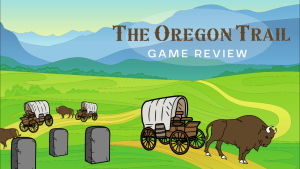John Talley spent the first week of classes checking out moon rocks that were loaned to the university by NASA.
The senior geology major analyzed the rocks in two different labs, he said.
In the Igneous and Metamorphic Petrology Lab, students looked at the rocks under a microscope with a camera and a computer attached to it for easy viewing. The students used microscopes in order to analyze the mineral grains.
While in the Sedimentation and Stratigraphy Lab, students had more leisure time with the rocks.
Students physically handled the thin sections and view them in any way they wanted.
Talley said he found the fact that the rocks were in “pristine condition” to be surprising, considering they are four billion years old.
“All of the samples looked like they were created only hours before we looked at them,” he said. “The crystals were gorgeous.”
Some of the rocks available included ash samples, coined as orange soil, which are small, orange, glass orbs that are created when ash from a volcanic event is ejected, he said.
“I’ve seen ash particles before but never any that had experienced being ejected into the vacuum of space,” Talley said. “It was totally awesome.”
The security involved with having the samples on campus was intensive, he said.
Geology Assocaite Professor Bill Elliott was responsible for the rocks and was the only person allowed to carry the case holding the samples.
He said he had to be discreet about where he stored the rocks so no one could look at the rocks without his supervision.
Elliott said he sent a request to the Johnson Space Center, where a curator is in charge of educational packages, which include those with moon rocks. NASA then sent over a contract that the university had to agree to and sign.
Once the university agreed to the guidelines, which included security precautions, the rocks were sent via register mail.
“They were to be used in the classroom for educational purposes,” Elliott said.
Over the course of three days, 35 USI geology majors and approximately 50 students from Helfrich Park Middle School had the opportunity to look at the rocks.
“I wanted to give students an opportunity to see something that is pretty unique and special with respect to seeing samples that were collected by APOLLO astronauts and brought back to Earth,” Elliott said.
The geology department was not allowed to advertise an open forum, which means the rocks couldn’t be made available to just anyone, he said.
“As a student, I got to see lunar samples in one of my geology classes,” Elliott said. “That experience has always been really memorable for me so I kind of wanted to offer that experience to our students here on campus.”






